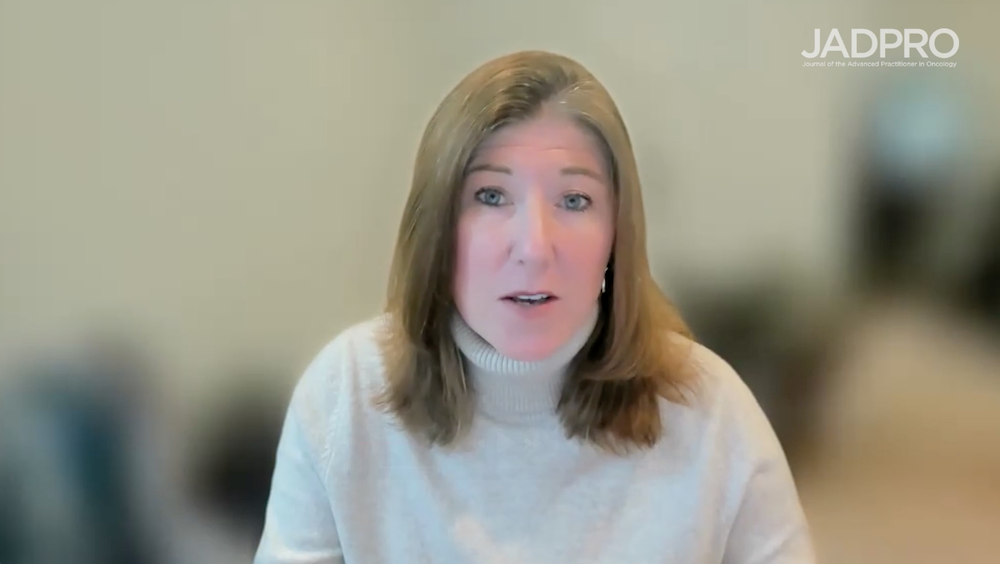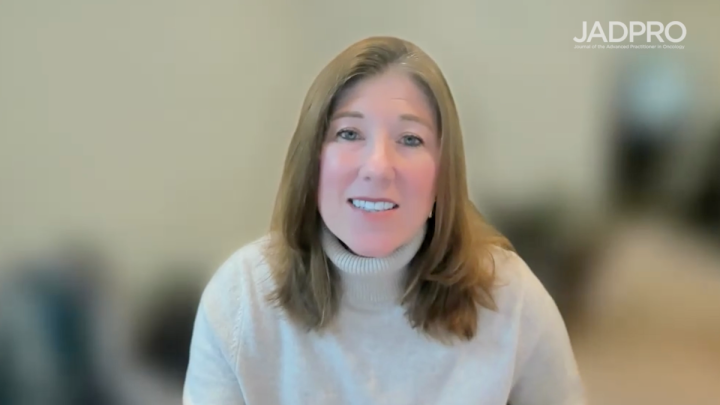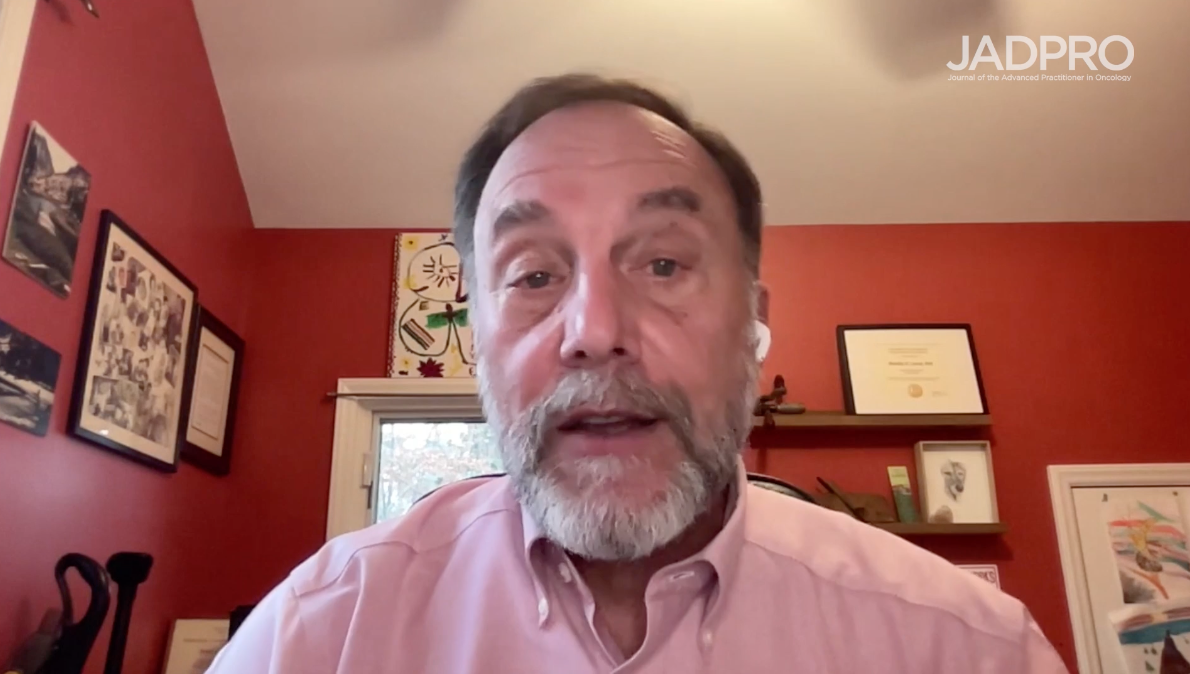Transcript
The first abstract is about emicizumab prophylaxis in the management of acquired hemophilia. So, what is this? Acquired hemophilia is an antibody against factor 8, conceptually similar to ITP, except now the antibodies are directed against the factor 8 molecule, and it causes a very severe bleeding disorder. It tends to happen in people of any age, particularly in older patients, often in patients with associated autoimmune disease, malignancy, or sometimes after surgery. It carries with it a very high mortality due to both infections and bleeding.
Current therapies do exist, but they all carry a significant risk of thrombosis. They're somewhat difficult to give. The efficacy cannot be easily assessed—you have to just cross your fingers and hope—and they're certainly not convenient to use. This study, then, is very intriguing.
It began in March of 2021 and ended just recently. During the study, patients were given emicizumab during the first 12 weeks of therapy, and then they were given an immunosuppressive regimen of choice to get rid of these antibodies. This compares to the current therapy, where immunosuppressive therapy is given from the beginning and prothrombotic therapy is given when needed throughout the patient's management. At the end of the study at 24 weeks, they could ask to extend the emicizumab.
This is now the two-year follow-up. They compared their results to immunosuppressive therapy alone with the traditional therapies, NovoSeven and such bypass agents for bleeding. Emicizumab is a biclonal antibody that essentially replaces factor 8. It does not cause any prothrombotic events; it simply steps into the cascade and replaces factor 8.
There were 47 patients in this study. The endpoints of the study were either a partial response with greater than 50% factor 8 levels or a complete response where the inhibitor disappeared entirely and factor 8 levels returned to normal. At the end of the study, 44 patients remained on therapy. Forty-three percent of them continued to a median of 21 weeks. Eight never started immunosuppressive therapy—two because they died early, and six had spontaneous partial remissions occurring right around week 40.
Eighty percent of the patients started immunosuppressive therapy at around 12 weeks, using the usual steroids, rituximab, cyclophosphamide, mycophenolate, or various combinations. Eighty-three percent went on to achieve partial remission, and 80% went on to achieve a complete remission. Thirty percent of these patients had 12 infections; none of these were life-threatening.
In the control arm from 2010, 84% achieved partial remission, 60% achieved complete remission, and 36% had 55 infections, with 17 of those fatal, for a survival rate of only 63% versus no deaths in this small emicizumab trial, other than the two before therapy started.
Take-home lesson: emicizumab does appear to be effective in acquired factor 8 deficiency. There's lower mortality, at least in this very small preliminary study, than with traditional prothrombotic therapies. Spontaneous partial remissions and complete remissions occur, and immunosuppressive therapy appears to be better tolerated when it's begun after the initial bleeding presentation has been stabilized in these patients. Obviously, this needs to be repeated with a larger study.











